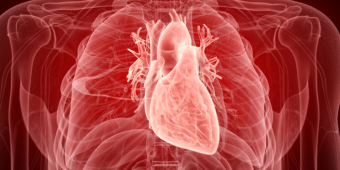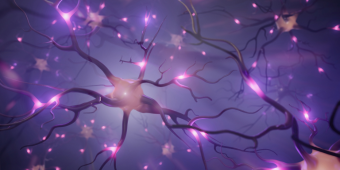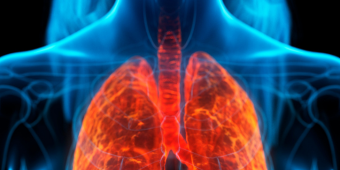Our current basic research focuses on topics such as mechanisms of anesthesia, pain, and neuronal injury and protection; alcoholism; and ventilator-induced lung injury.

Gregg Homanics, PhD
The Homanics Lab is interested in understanding the effects of alcohol on the body so that safe, effective treatments for alcohol use disorder can be developed.
Sean P. Farris, PhD
Dr. Farris is interested in the neurobiology of addiction and comorbid disorders for translational research.

Aman Mahajan, MD, PhD, MBA
The Mahajan Lab’s primary research focus is spinal neural modulation of cardiac electrophysiology and the assessment of cardiac function in heart failure.
Kimberly Howard-Quijano, MD, MS
Dr. Howard-Quijano received a K08 from the NIH NHLBI for five years to further her work in the investigation of Spinal Neuraxial Modulation of Ventricular Arrhythmias – Mechanisms and Treatments

Pei Tang, PhD
Research in the Tang Lab focuses on the action of low-affinity drugs, such as general anesthetics and alcohols, on the neurotransmitter-gated receptor channels.
Bradley K. Taylor, PhD
Dr. Taylor's laboratory investigates the mechanisms through which inflammation or injury produces changes in the peripheral nerves, spinal cord, and brain, leading to a transition from acute pain to chronic pain.
Yan Xu, PhD
The Xu Lab research team is one of the leading groups in the world to combine high-resolution and solid-state NMR techniques to solve membrane protein structures at atomic resolution.

Tomas Drabek, MD
Dr. Drabek's research carried out at the Safar Center for Resuscitation Research is focused on hemorrhagic shock and resuscitation from both traumatic and non-traumatic cardiac arrest caused by asphyxia or ventricular fibrillation.
Marsha Ritter, MD, PhD
Dr. Ritter is studying how skin, sensory nerves, and the immune system communicate to maintain the protective barrier of the body and respond to inflammatory challenges such as autoimmune diseases and infections.

Li-Ming Zhang, MD
Dr. Zhang’s current research focuses on identifying the susceptibility genes of VILI via an unbiased genome-wide association study in inbred mice and to evaluate its relevant functional significance.

